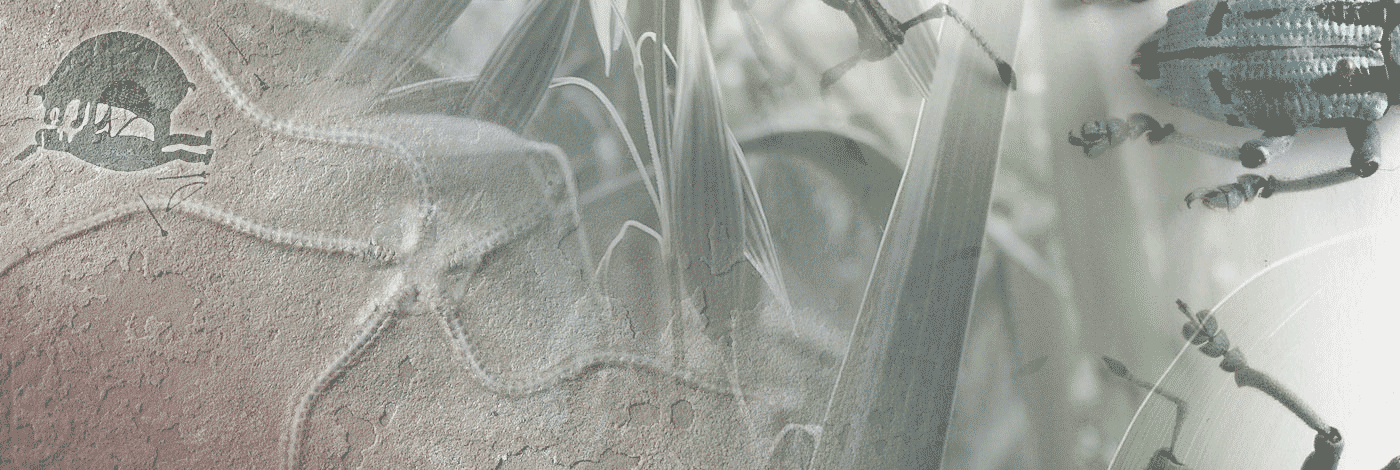A phylogenetic analysis of Annonaceae based on morphological characters is presented, with tests of the relative strength of relationships among groups, justification and documentation of characters, and discussion of implications of the results for character evolution. The trees obtained show a high level of homoplasy and instability of relationships among groups, but rooting of the family and many major clades are relatively stable. The basal lines are Anaxagorea and the ambavioids, which have granular monosulcate pollen. Intermediate clades are the piptostigmoids, malmeoids (with columellar monosulcate pollen), and miliusoids (mostly with disulculate pollen). Taxa with inaperturate single pollen and tetrads-uvarioids (lianas), xylopioids, pseudosyncarps, and annonoids (including Artabotrys)-make up the inaperturate clade, which is linked with miliusoids by globose pollen and lamellar endosperm ruminations. Important trends in character evolution include: regularization of leaf venation (with several reversals), laminar stamens to stamens with prolonged to peltate to apiculate connective, sessile to capitate to elongate stigmas (with reversals to sessile), two origins of pseudosyncarpous and one of parasyncarpous fruits from apocarpous, thick to spiniform to lamelliform endosperm ruminations, and increases and decreases in chromosome number from n = 8. Petals are originally valvate and become imbricate in several lines. Wood characters, many aspects of floral and inflorescence morphology, and ovule number are especially homoplastic.

 Bulletin du Muséum national d'Histoire naturelle, 4ème série – section B, Adansonia : Botanique, Phytochimie
18 (3-4) - Pages 279-234
Bulletin du Muséum national d'Histoire naturelle, 4ème série – section B, Adansonia : Botanique, Phytochimie
18 (3-4) - Pages 279-234